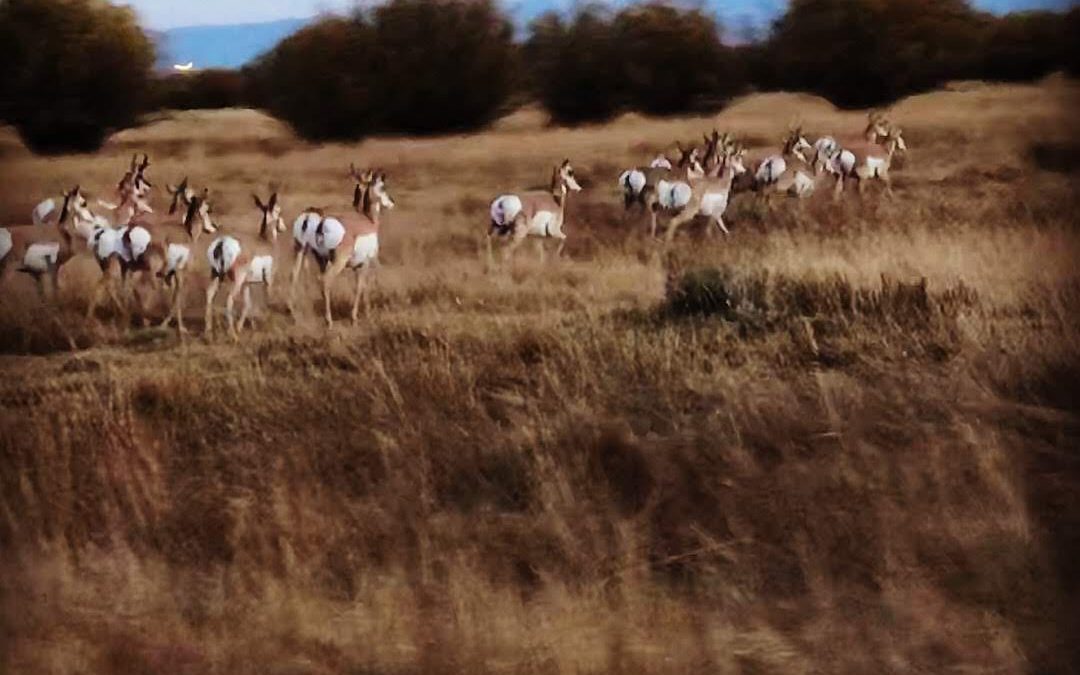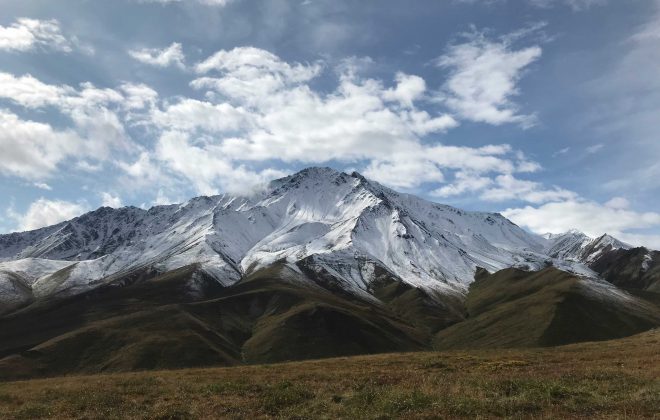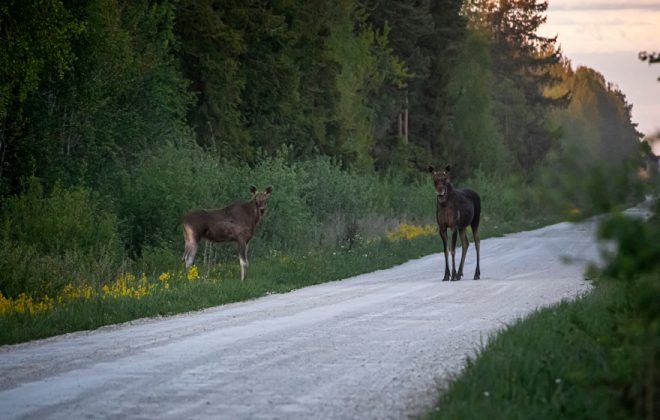Hunting: A History of Its Own
From the Beginning of Time
Hunting has basically been around since the beginning of time. There were predatory dinosaurs that hunted their fellow dinosaurs before man roamed the earth. Then man had to start hunting as well do to a lack of foraging in the colder months. Throughout time hunting has shifted from a way of survival into a sport. It has grown from zero regulations and a every man for himself type mentality to having regulations and quotas for the number of animals one can shoot or trap at a time.
The history of hunting has a different story to tell in all areas of the world. From the terrain of the land to the type of wildlife, hunting is vast and has copious amounts of variety. America’s western history is an intriguing place to start studying the history of hunting. The Native Americans hunted regularly in their areas. It was a means for a large part of their needs. The beloved wild west has always been a place of wonder and enchantment; it lured many long ago into the heart of their dreams and the reality of their survival. Before that time, it was the habitat for seemingly numberless amounts of bison along with other range animals like antelope.
Native Ways
Though there were many types of big game to hunt at the time—including bear, elk, moose, and deer—bison were the hot commodity. These glorious animals roamed from Canada to Texas claiming the land as their own, Montana being a land of plenty for hunting. Both new settlers and the Native Americans were hungry for bison meat and thick warm hides. These animals were slaughtered left and right in various ways.
Before Native Americans had proficient weapons, they came up with creative ways to harvest bison. It was not always the most conservative way of hunting, but it was efficient. Lots of people generally know about buffalo jumps; hundreds of bison would be chased and ran over and off the cliffs plummeting them to their deaths. In retrospect, this tactic was extremely wasteful, there was no way to preserve all these animals. Literally, hundreds and hundreds of bison would be ran over cliffs at a time. A single bison herd could be wiped-out after one hunt by the Native Americans. Only what the Natives could use, and haul would be taken, and the rest was left for the scavengers.
Native Americans would also run bison over thinly iced rivers to drown them, instead of directly killing the animal themselves. They would then go retrieve the saturated bison that would emerge where the ice was melted at a certain point in the river. Another method included exhausting the bison to death, literally, just as the coyotes would hunt their prey. The native people would run circles around them until some of the bison would collapse in exhaustion and the others would break the human chain encapsulating the herd. Corrals were also created for the bison to run into, while others waited the arrival with their bows ready to shoot anything making its way into the corral. The horse, of course, also changed the hunting game. Horses gave a new speed and agility to the Native Americans causing less wear and tear on the hunters. Settlers brought more horses and cattle to trade, along with weapons and whiskey.
When the West was Won
With Natives gaining new reason to hunt, trading with settlers became a lucrative pursuit. When settlers came West, they sought a new future and new land. Montana and many other areas became a trapper’s paradise, with ample amounts of beaver and other animals to trap and sell for their hides. The new land was full of abundant amounts of animal herds. Just as the Native Americans the settlers cherished the bison tool. Bison hides were highly valuable in such cold and bitter winters.
Settlers brought something new along: cattle. Though this brought a new source of meat, hide, and provided plenty for the natives and settlers to fight over the bison herd was slowly working its way toward extinction. As hunting and trapping continued in mass quantities from the settlers and natives now hunting them the bison population rapidly decreased. However, the beef population was steadily increasing.
Cattle
Cattle were becoming a popular pursuit in the great frontier. At first, cowboys lived like gypsies and moved the cattle all around the plains. Once the land had steady owners the land that the bison had once roamed became few and far between and the land was then overtaken by cattle herds. Soon barbed wire was up, and Native Americans were being forced out of their original settlements for those willing to pay for land or settle the west on behalf of the government. Cattle became a booming industry that continued to grow with the building of railroads.
The Changing of the Times
A once wild and plentiful land of bison and antelope became the land of the cow. Many areas, such as Montana, still had a variety of wild game: big horn sheep, moose, elk, deer, mountain goats, and bear. Due to the near extinction of bison there were new concerns for the other wild animals sought out by trappers, mountain men, and hunters. Even this far back in history conservation became necessary.
Montana became concerned enough with the conservation of its natural resources in 1895 that a formal agency was formed to regulate and watch over the wildlife of the Rockies and throughout the plains. Originally called, the Board of Game Commissioners. Game wardens were born. At first only one was assigned, but clearly could not cover the vast lands of Montana on his own. So, more were eventually brought on to aid in the large task of traveling through the state to oversee the hunters and trappers. Hunting seasons were established, and wardens were to enforce the new game laws and game protection.
Hunting and all its aspects have been important and present throughout history. Conservation eventually became a vital part of the way the seasons and mountains were used. Even predators had eventually gained their own laws and protections throughout history.




